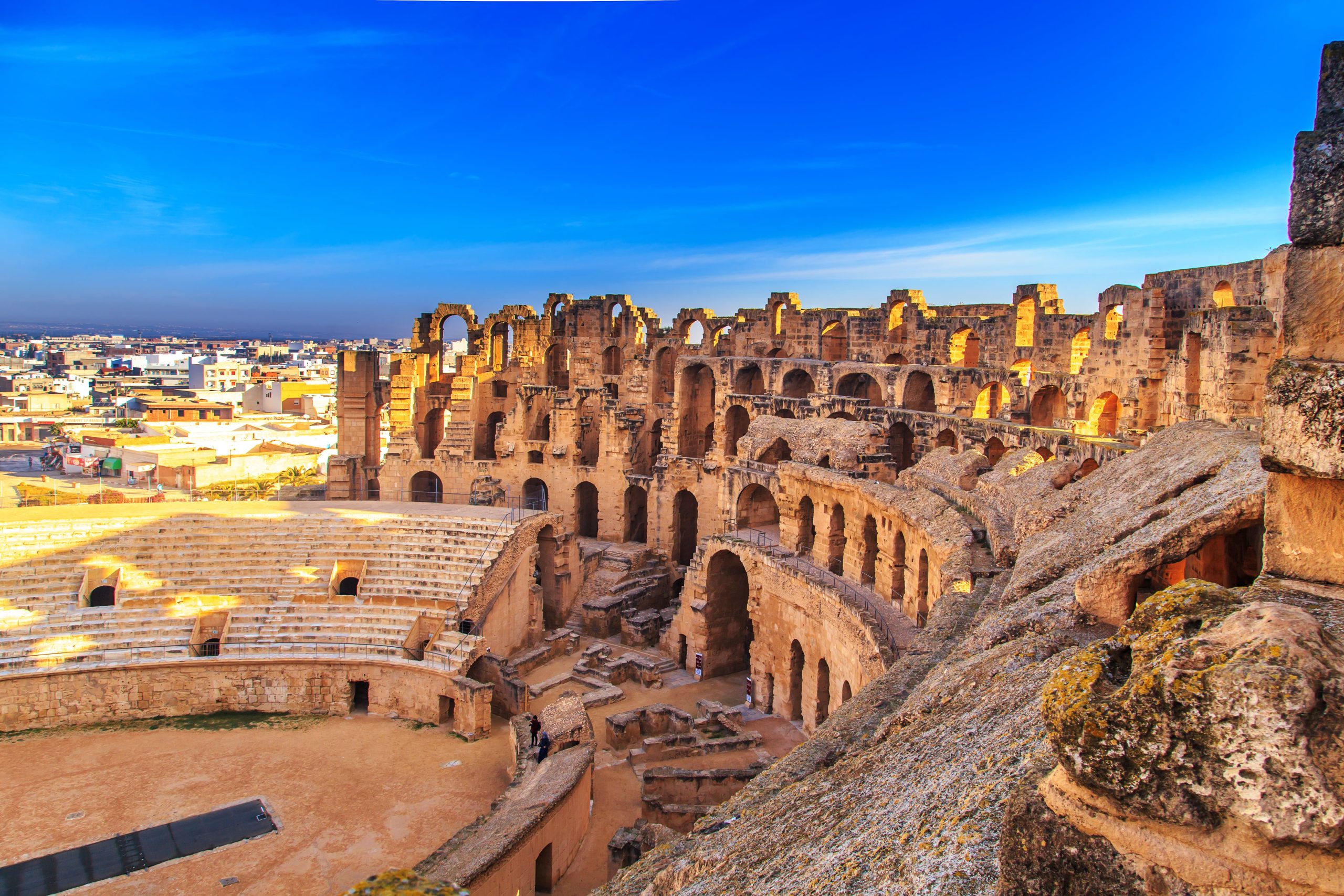Clean Hydrogen in Romania – Elements of a Strategy

Decarbonising the EU economy will most of all require direct electrification of over 60% of end-uses, based on energy efficiency considerations. However, this will not always be technically possible or cost-efficient.
Decarbonised molecules, such as hydrogen, will also contribute to eliminating ‘stubborn emissions’ in hard-to-abate sectors such as high-temperature heat and feedstock in industry, aviation and long-haul shipping, and possibly large-scale district heating and long-term electricity storage, thus increasing the flexibility and resilience of the energy system.
There seems though to be a level of confusion among domestic actors about the role that hydrogen is to play in decarbonisation. In Romania, hydrogen is portrayed as a silver bullet towards a decarbonised future in sectors looking to find their place in a landscape shaped by the European Green Deal. However, as argued in the present report, its real impact will greatly depend on the country’s economic strategy and costs of technology.
Most promising ways to use hydrogen
In Romania, the most promising hydrogen uses are in industry (steel, ammonia, fertilizers, refineries, and high value chemicals), transport (long-haul aviation, maritime shipping, HDVs and some railway segments), existing district heating systems and, potentially, long-term or seasonal energy storage beyond 2030. Other uses, such as gas blending or green hydrogen use in CCGTs are rather a waste of economic value, given the comparatively high costs of producing hydrogen.
The Romanian authorities announced the intention to release a national hydrogen strategy in 2022. This will be an opportunity to make informed and comprehensive decisions regarding the future of hydrogen, including on uses, as opposed to the current patchwork of uncoordinated and poorly designed initiatives. The strategy should be developed based on the active involvement of public and private stakeholders, with targets and potential funding sources.
Finding economically viable opportunities for sector integration based on best practices in R&D cooperation and commercial projects will be imperative to the development of a Romanian hydrogen industry. From the outset, there ought to be a solid business case for the hydrogen value chains that are set to expand once funding opportunities become available and technology costs decrease.
Based on considerations regarding carbon intensity, cost and availability, green (a.k.a. clean or renewable) hydrogen is the most promising for delivering the goals of decarbonisation on the long term.
Pink hydrogen also promises near-zero GHG emissions, but factoring in the cost aspect, green hydrogen is on a clear path to significant cost reductions that render it competitive with fossil-based hydrogen by 2030. Therefore, the study argues that clean hydrogen should be the focus of the Romanian national hydrogen strategy.
Is it economic?
Today there is still a cost gap between fossil-based and clean hydrogen. However, electrolyser CAPEX is expected to decrease from €1,060/kW (PEM) to €375/kW (PEM), and as low as €100/kW (alkaline).
The current cost differences between the two electrolyser types in terms of cost and performance are likely to narrow in time as innovation and widespread deployment of various 9 technologies will boost convergence towards similar cost structures.
However, the cheaper alkaline electrolysers expected to be available by 2030 will likely be supplied by Chinese manufacturers, while the European hydrogen value chain will focus more on PEM electrolysers. Either way, by 2030, producing clean hydrogen will no longer be a CAPEX intensive business.
The price of renewable energy becomes the main cost component, especially at medium to high electrolyser load factor. Coupled with the decreasing cost of renewable energy, higher carbon price and elimination of free allocation of CO2 allowances, this will allow clean hydrogen to breakeven with fossil alternatives between 2028 and 2032 based on local renewable potential.
Key strategic choices will have to be made in the upcoming strategy regarding hydrogen production pathways, location of sites, end-uses, and transport infrastructure.
This report offers arguments about cost, carbon intensity, and availability for the Romanian authorities to focus on clean hydrogen, and to prioritise large-scale investments in renewable and electrolyser capacities.
This would be fully compliant with the European pathway enshrined in the EU Hydrogen Strategy and Fit for 55 package provision and will help Romania capitalise on the major opportunities of developing new value chains as part of the energy transition.

